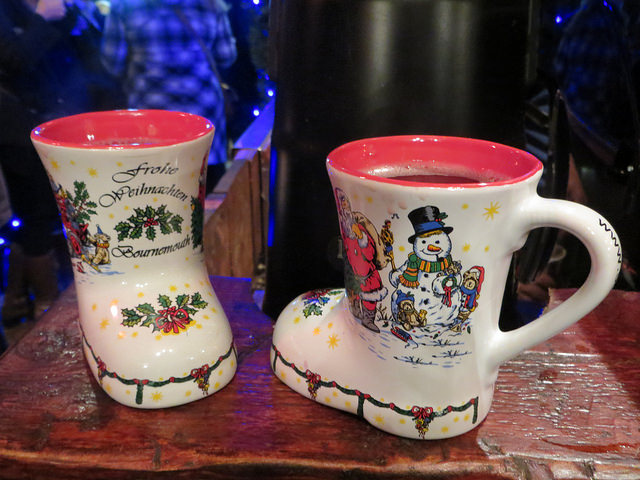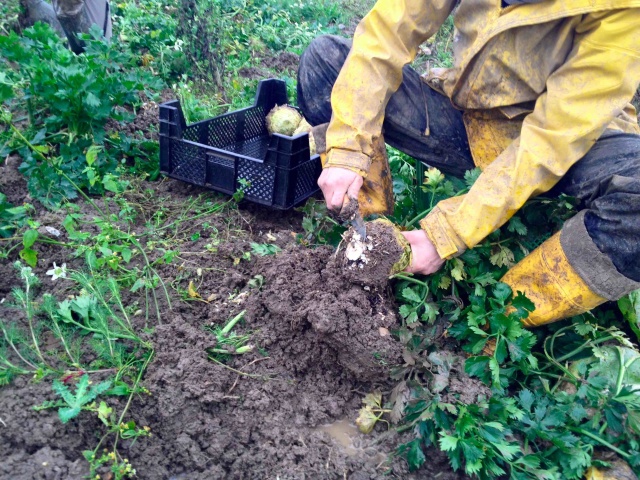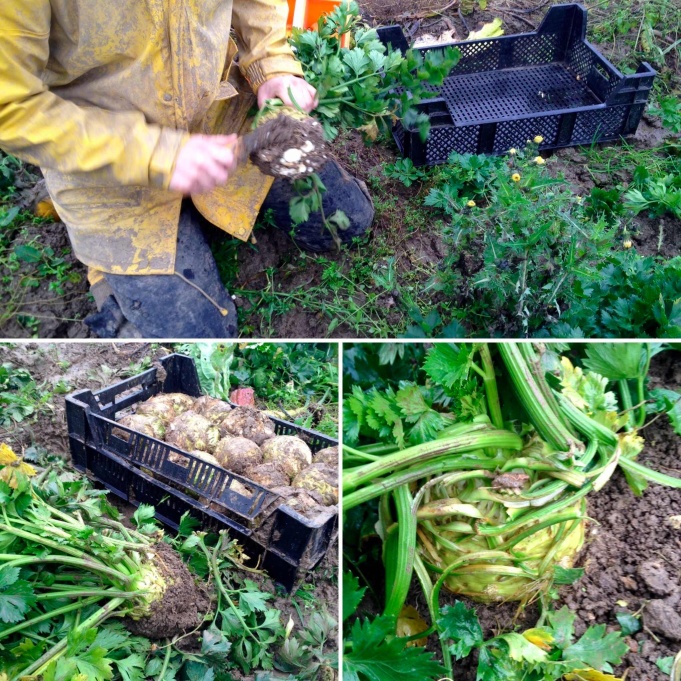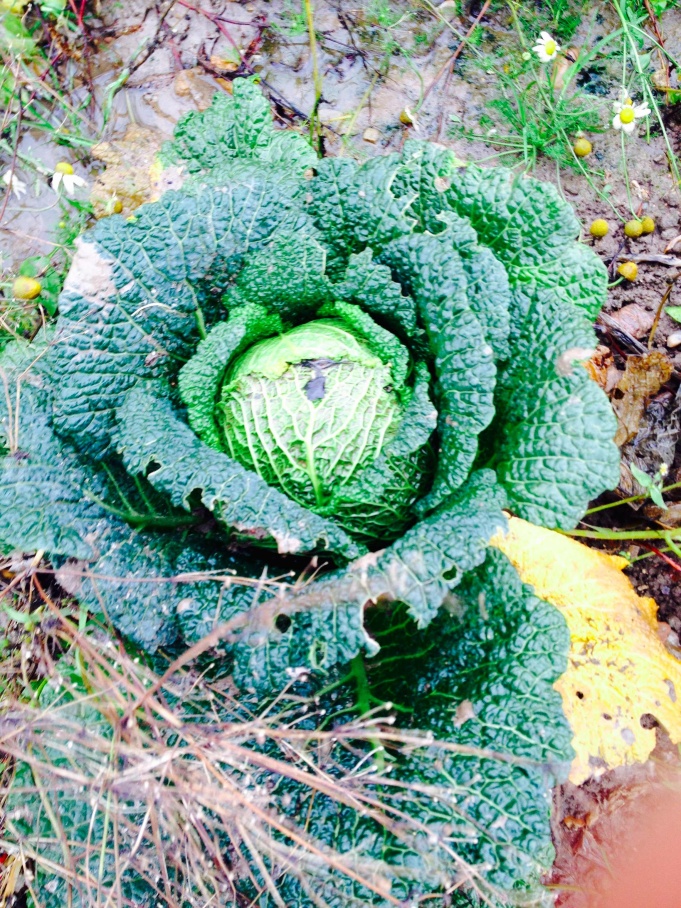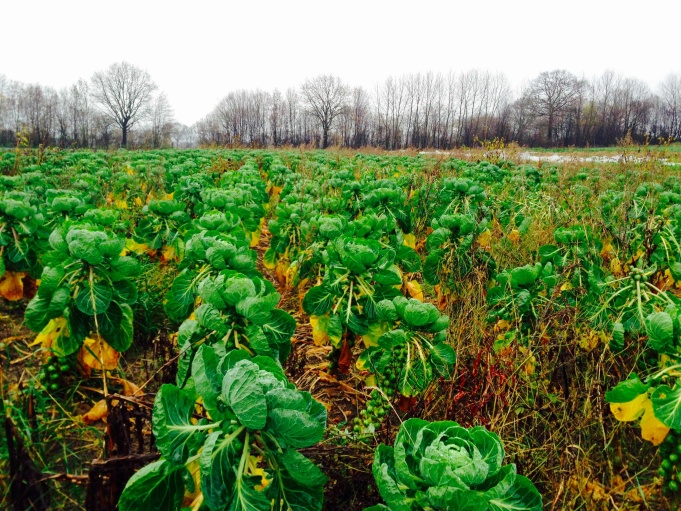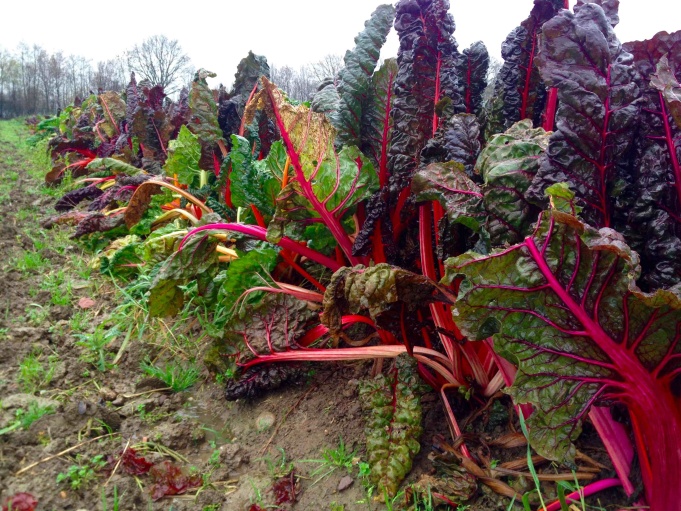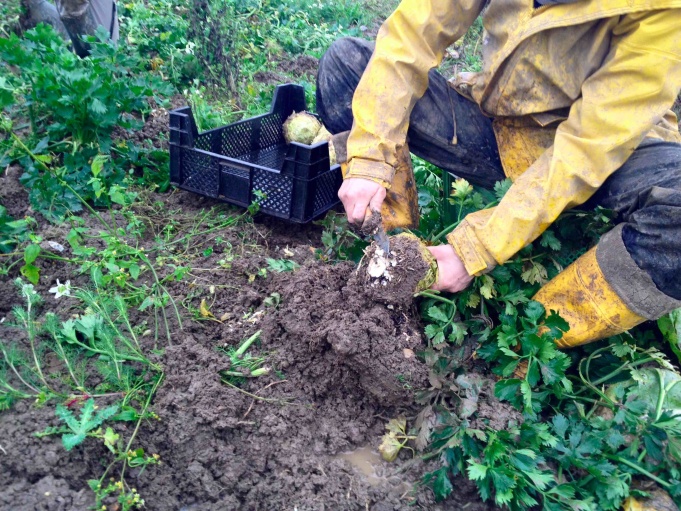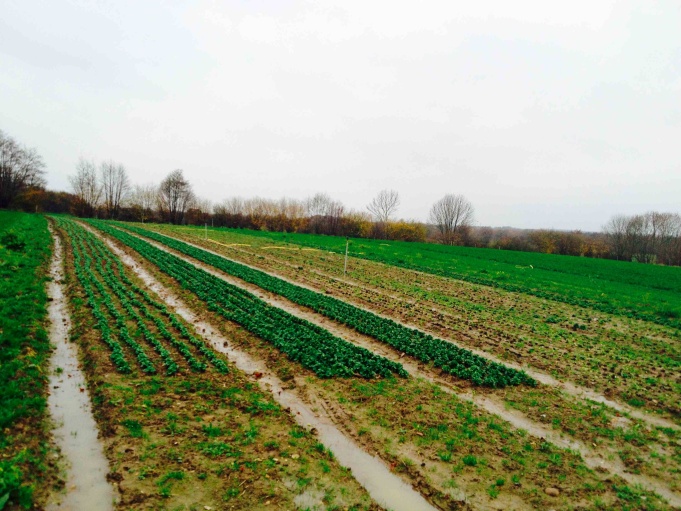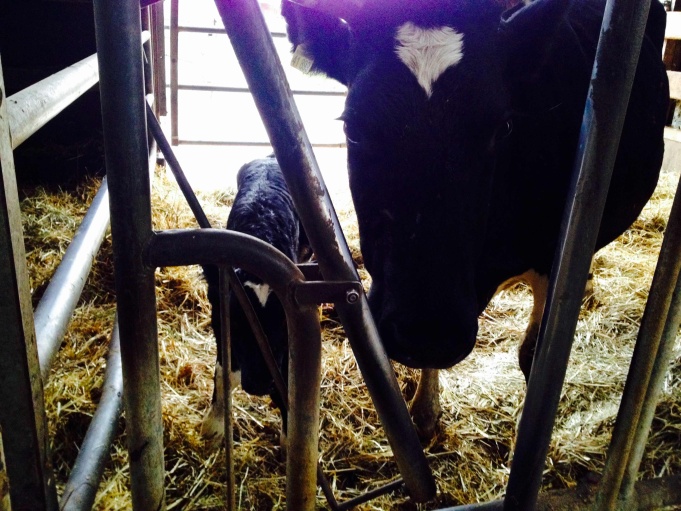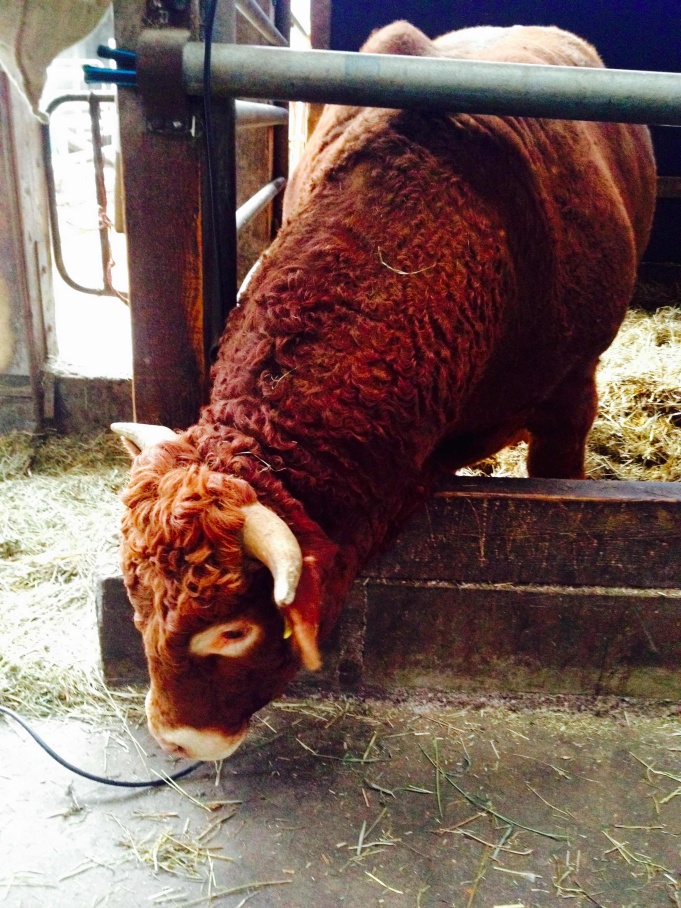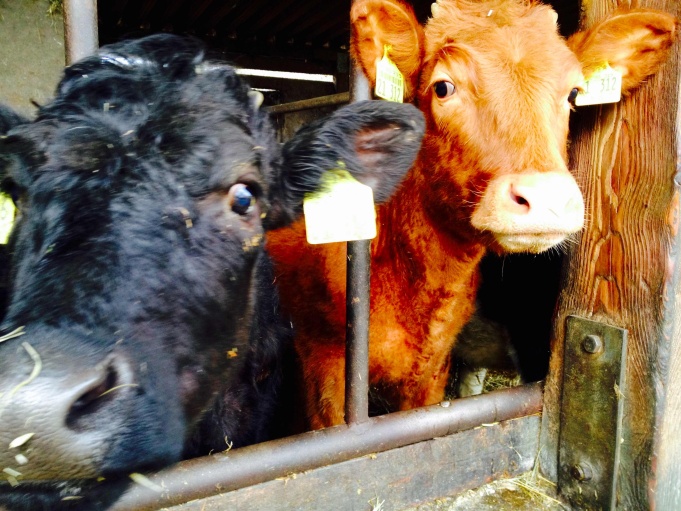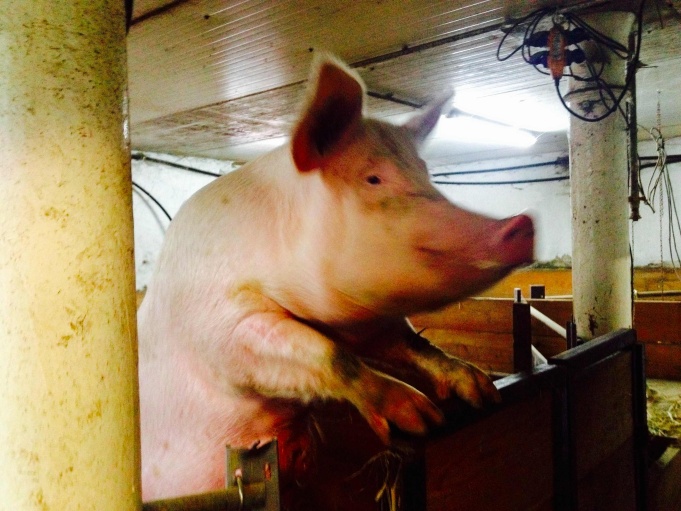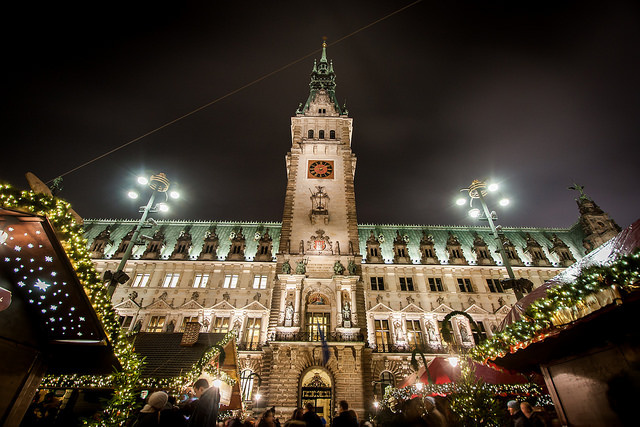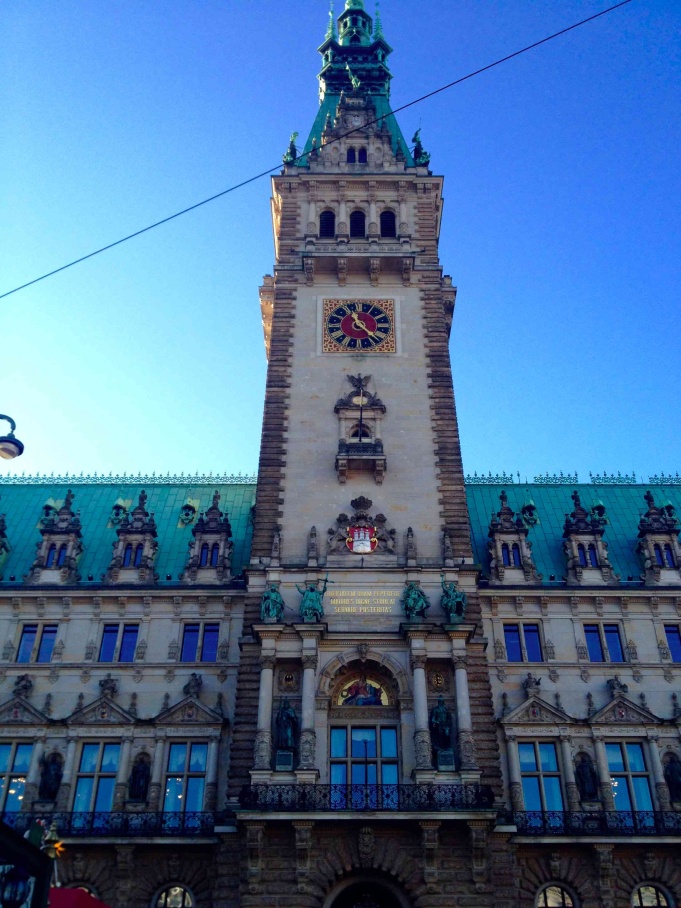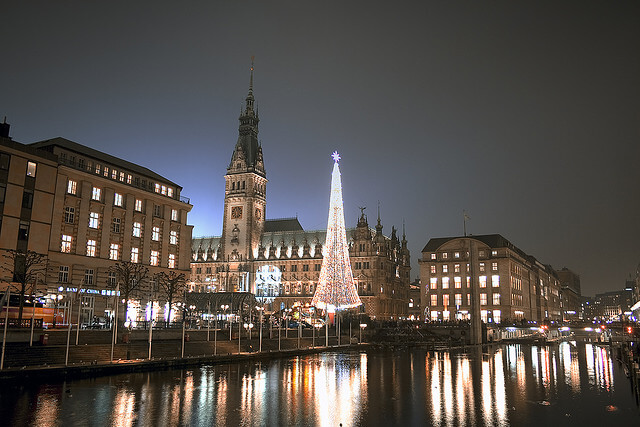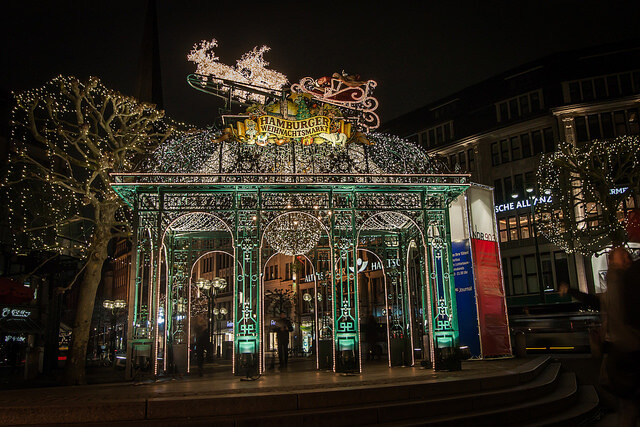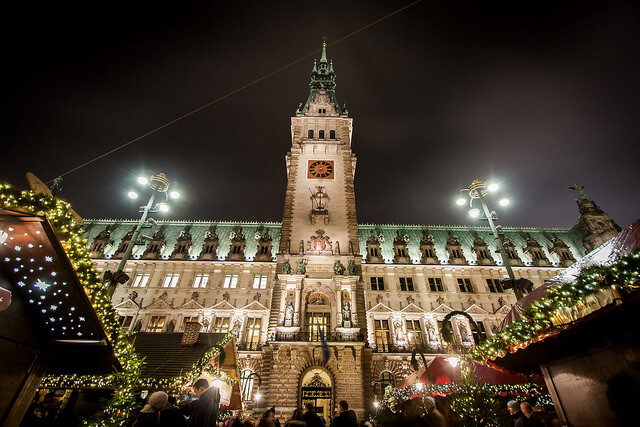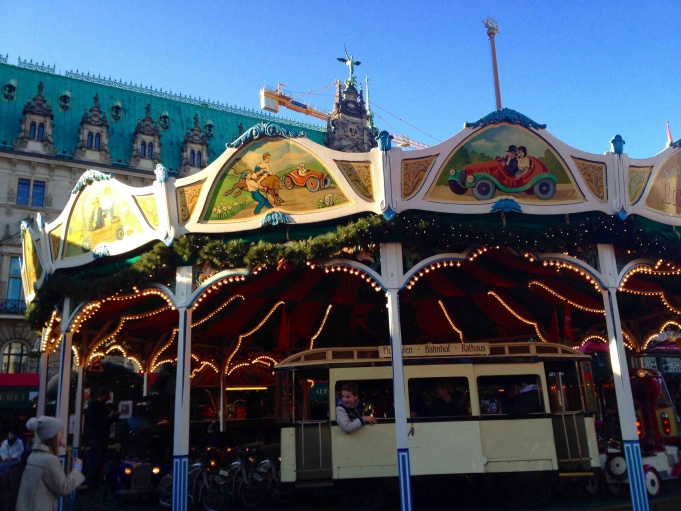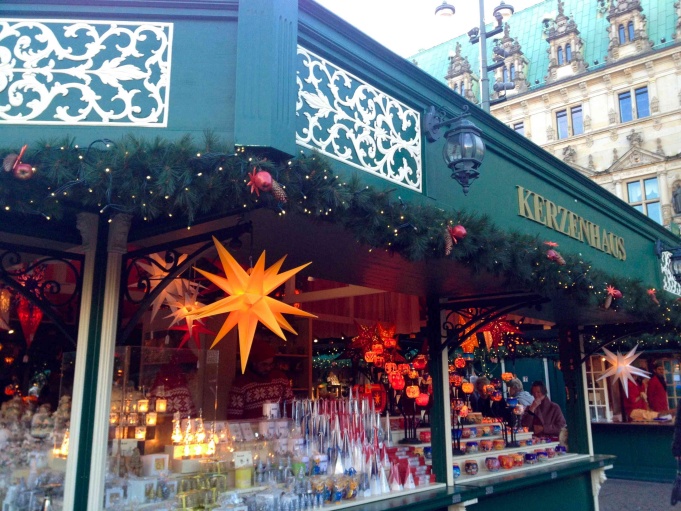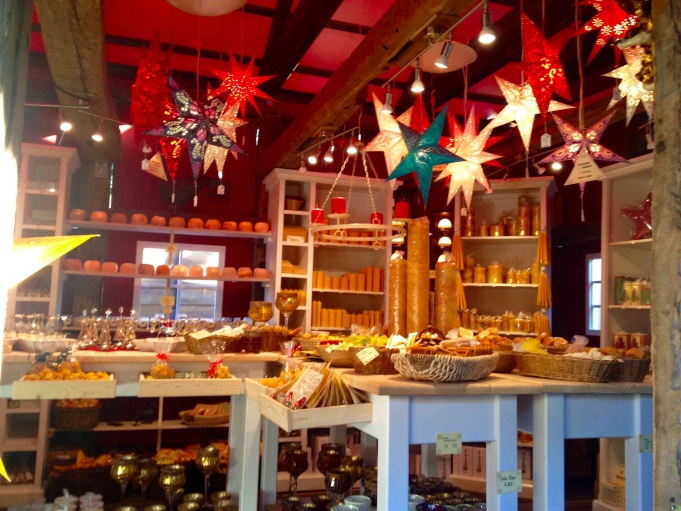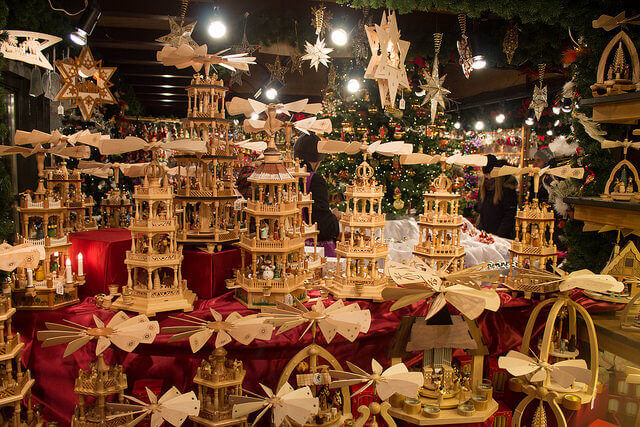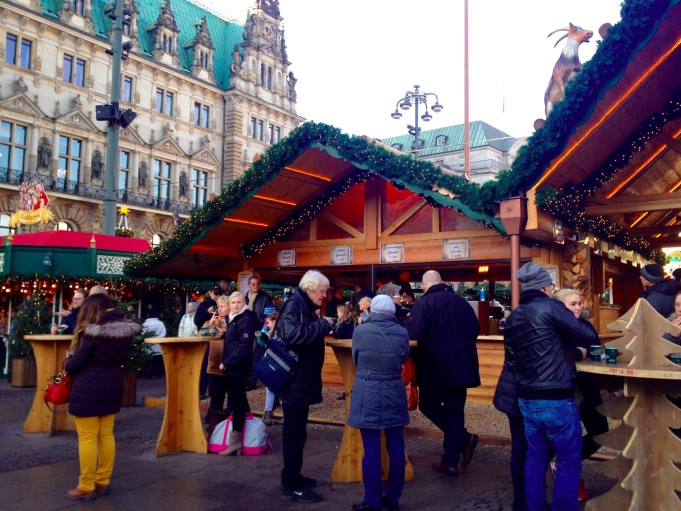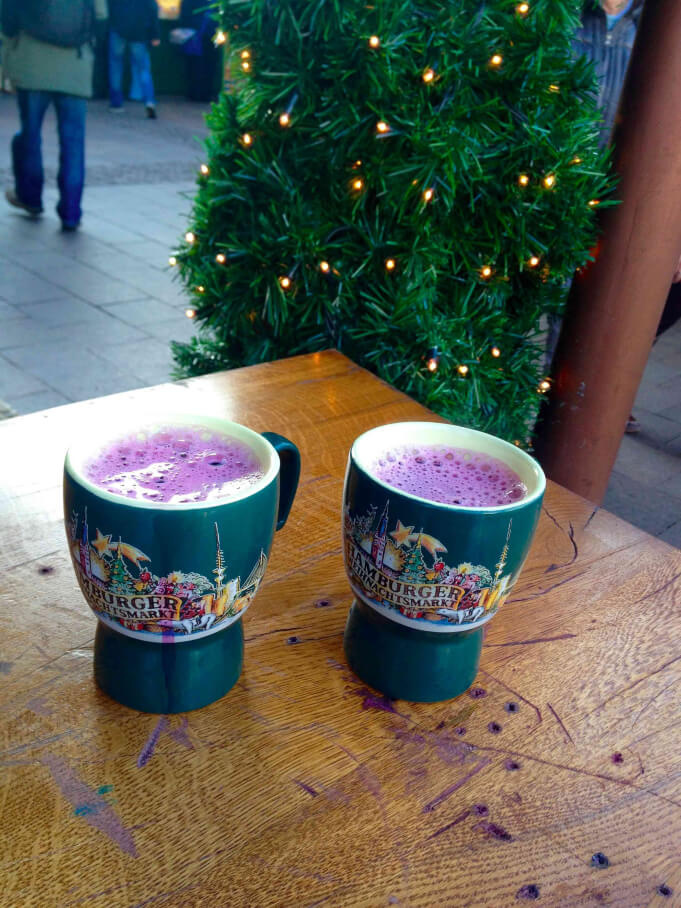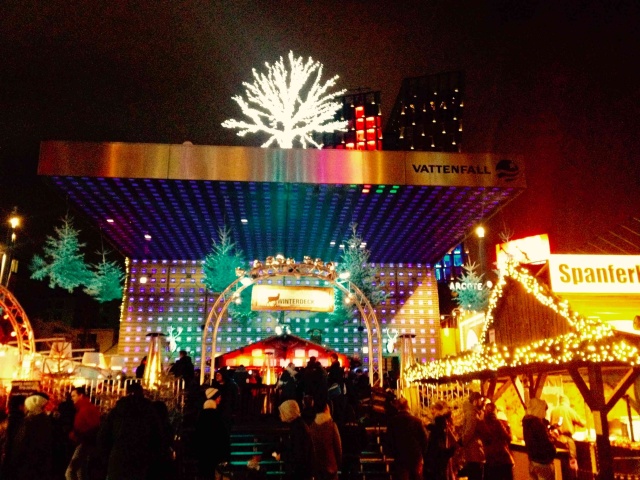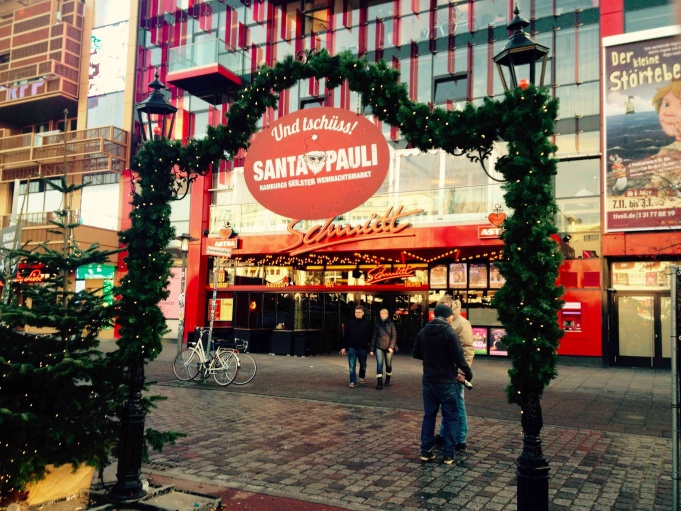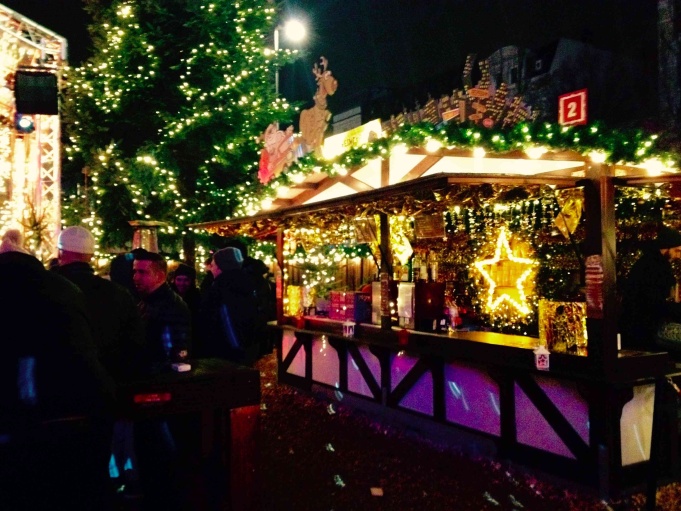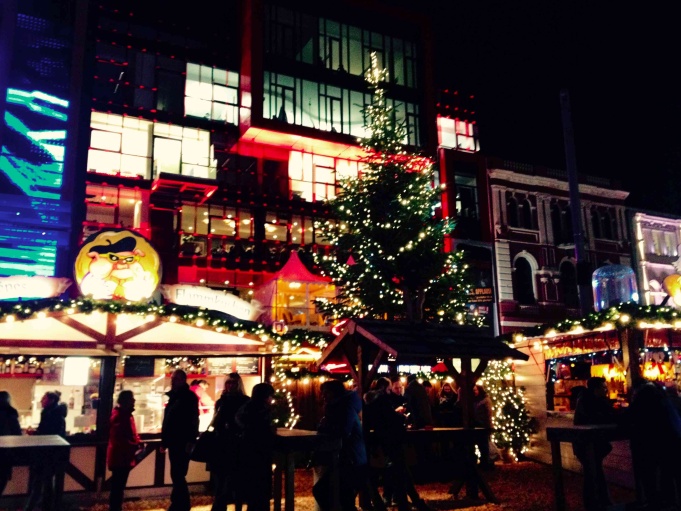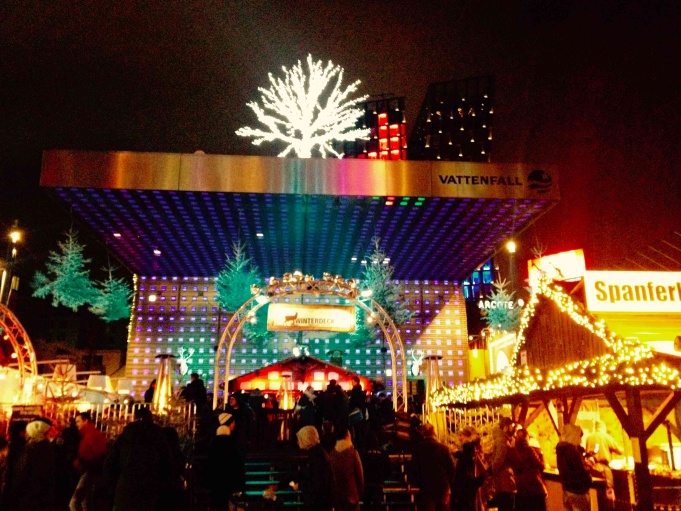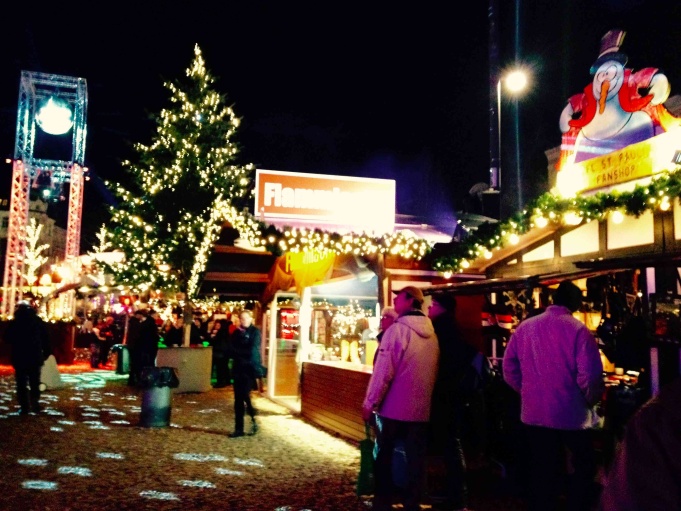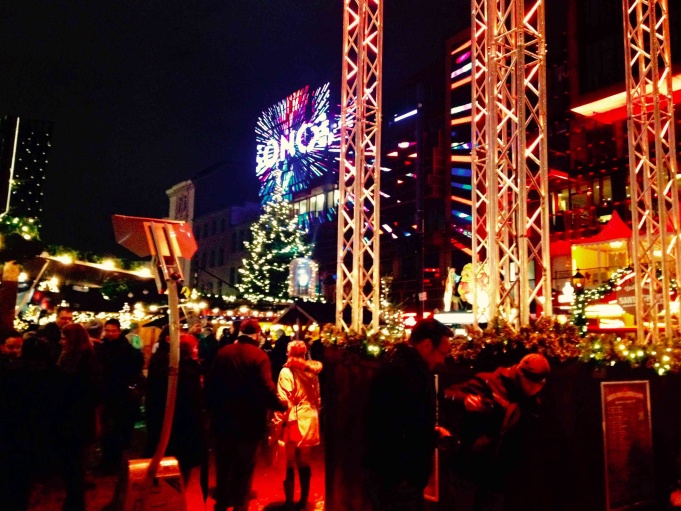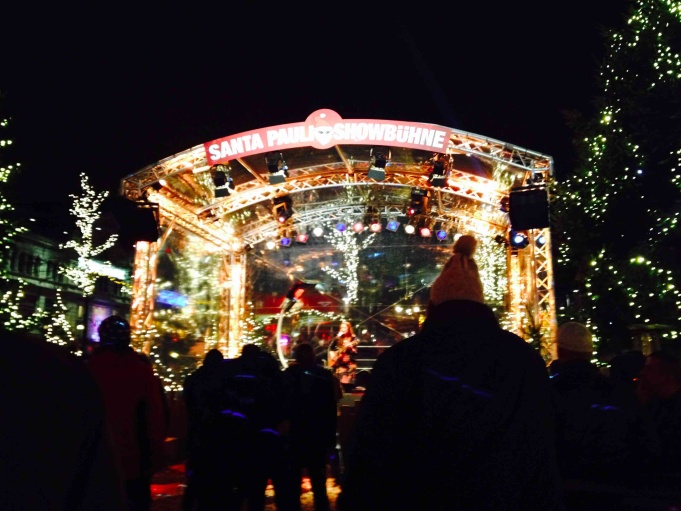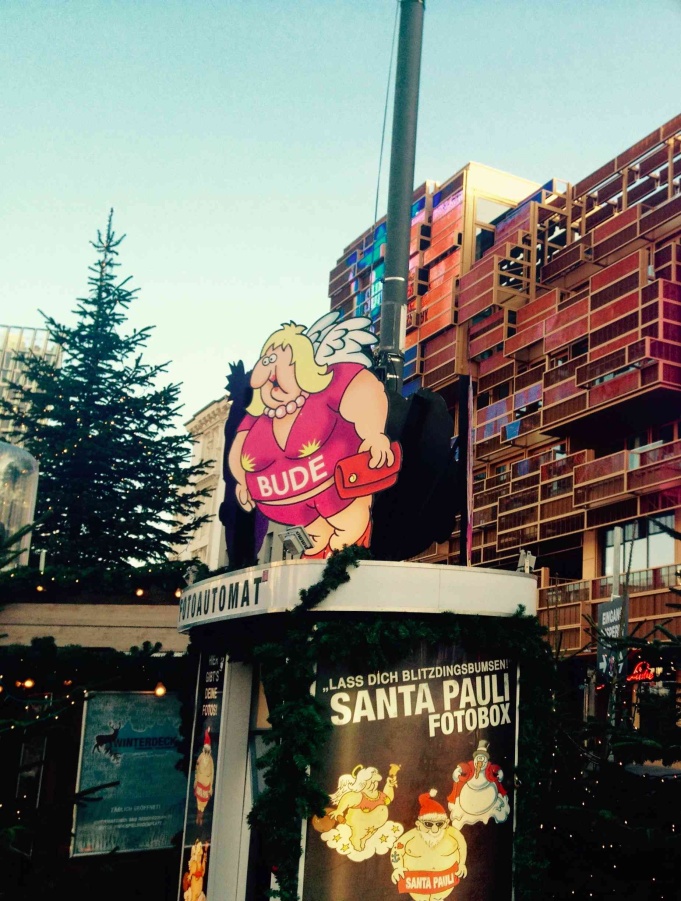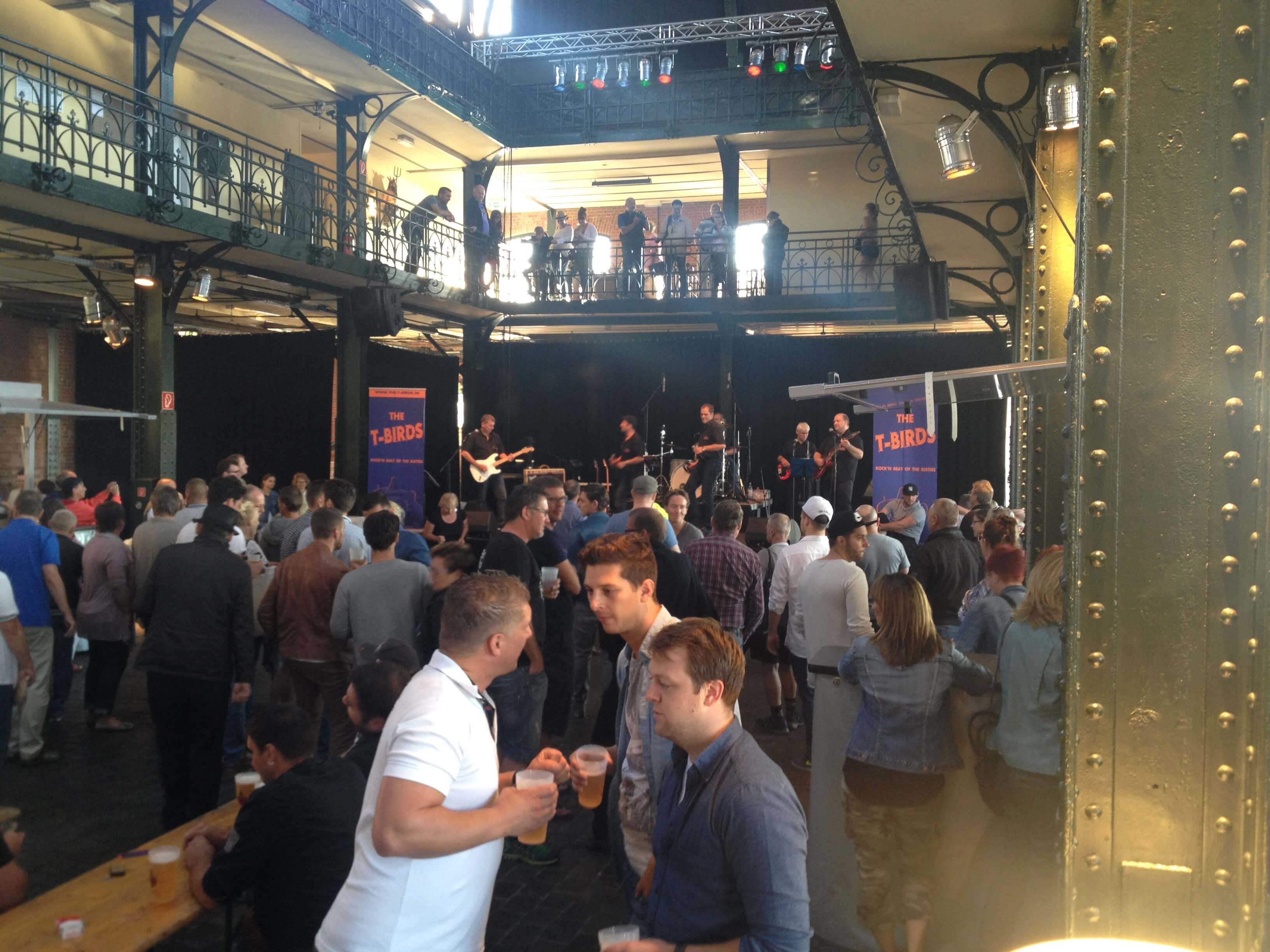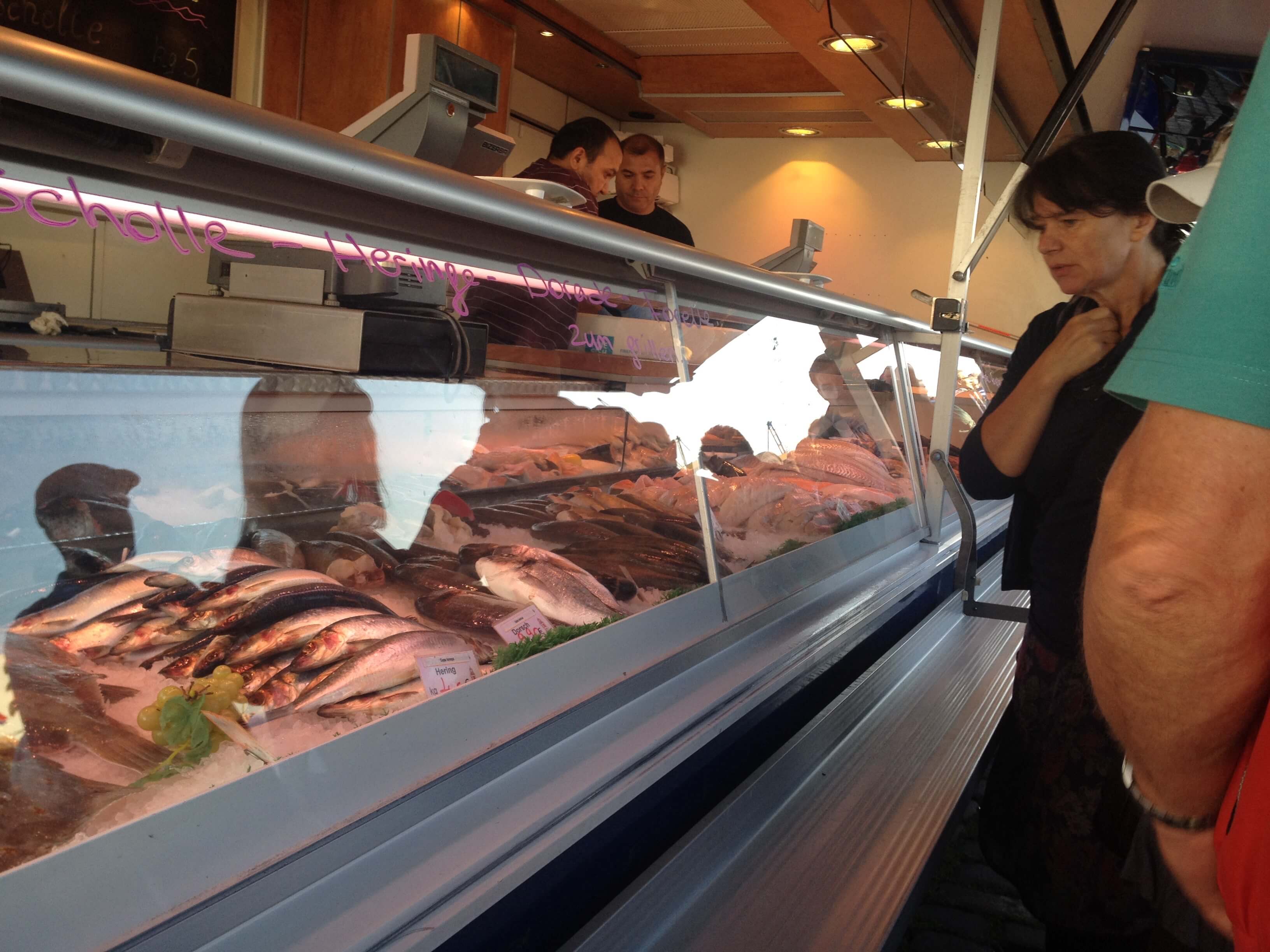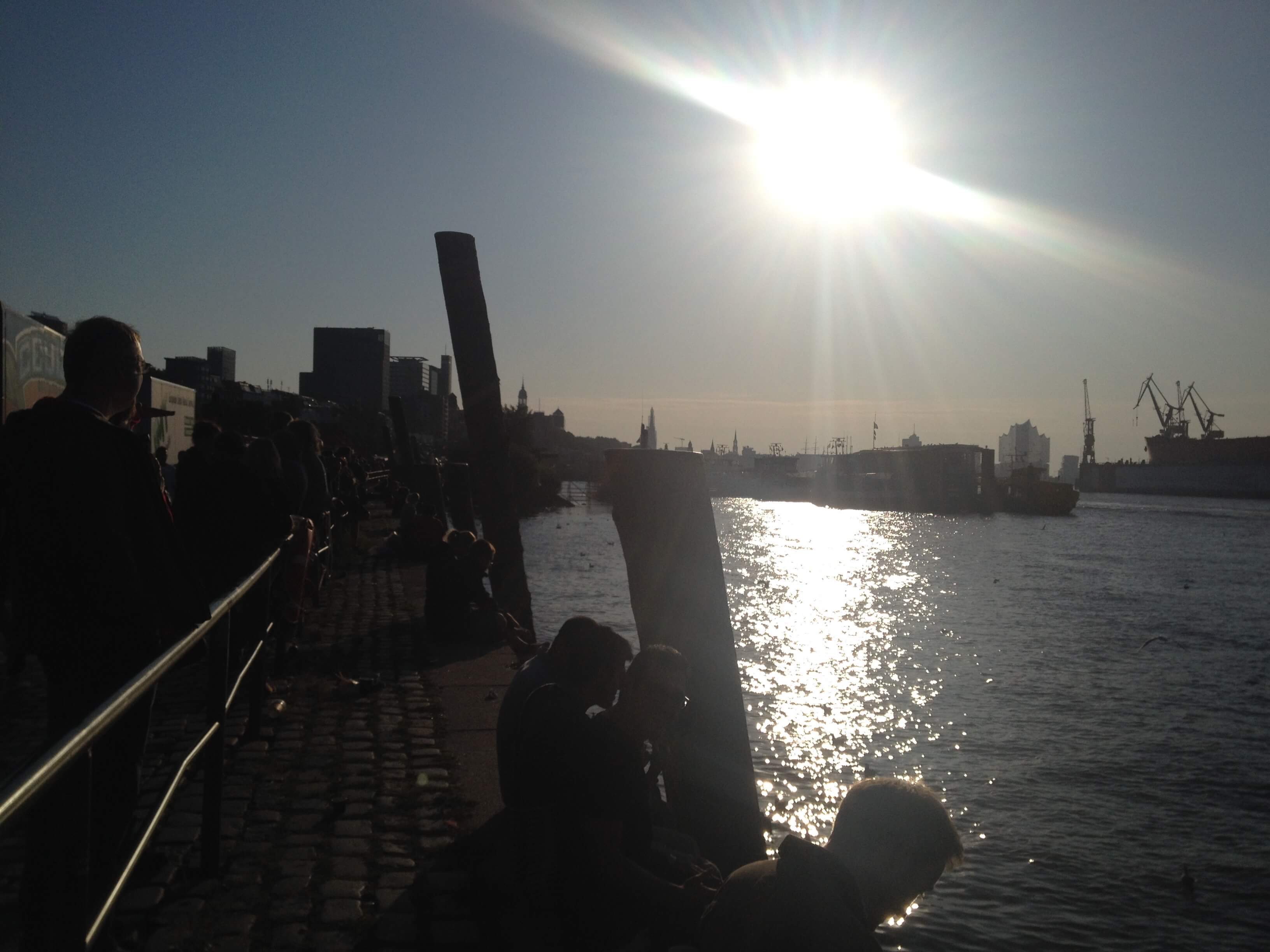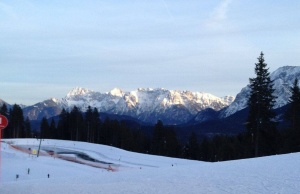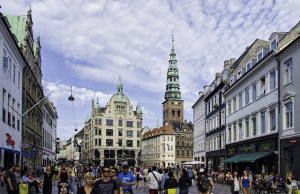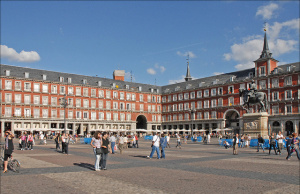Twenty-Four Hours in Hamburg
Only a few hours drive from Berlin, there’s no reason not to make a quick stop in Hamburg on your way! Here is my list of what to do if you’ve only got 24 hours to spend there:
Wake up and head to the harbor…
The quarter known as Landungsbrücken is a great spot to sit and watch the city wake up. Stop at one of the many small cafés overlooking the Elbe River for Brötchen (small rolls) with a slice of cheese or meat (a typical German breakfast) and a hot cup of coffee.


If you’re there on a Sunday morning, be sure to check out the famous Hamburg Fishmarkt, located just a short walk from the Landungbrücken Ubahn station. As it is still a relatively active port, there is always some sort of commotion going on.
Next up: HafenCity
As the caffeine from your coffee starts to kick in, you may want to stretch your legs a bit. Head southwest along the line of the harbor towards to HafenCity. Thirty years ago, this area was desolate, abandoned after the once vital port was deemed to small for the new, larger container ships. In recent years, however, it has been revitalized.
With sustainability in mind, the neighborhood has been designed to be a walkable, livable, destination for residents, just a little over a kilometer from the city center. New architectural concepts and innovative urban designs are the things to see here. Points of interest include the Marco Polo House (some of Hamburg’s most expensive real estate), the Unilever building, the Chilehaus and of course, the still-in-construction Elbphilharmonie.
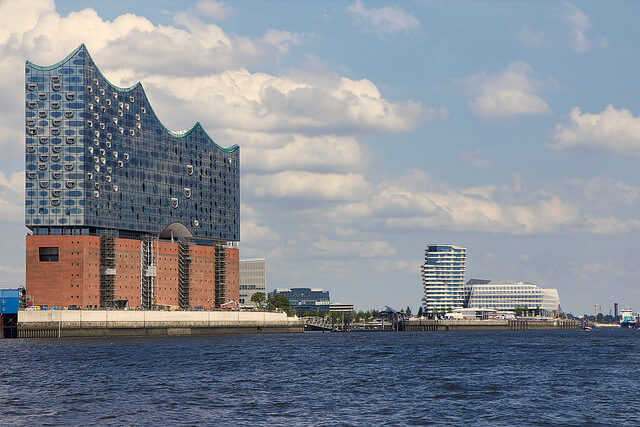
Then, Head North to the City Center
Walk north up Osakaallee following signs to the Rathaus (Town Hall) and city center. At the corner of Osakaallee and Brooktorkai you’ll find a small little café called Fleetschlösschen. In case you need to warm up this is the perfect little cozy spot! Or, if your hungry for lunch, continue up Bei St. Annen, which turns into Brandstwiete, turn left onto Willy-Brandt-Straße and you’ll find the Gröninger Privatbrauerei, a delicious spot to try some authentic German dishes traditional to northern Germany and Hamburg.

As you transition from the HafenCity to the city center, be sure to check out the Speicherstadt, a string of large ware-house like buildings that have survived World War II (where most of the buildings in the Hamburg city center have been destroyed) and is now a UNESCO World Heritage Site.
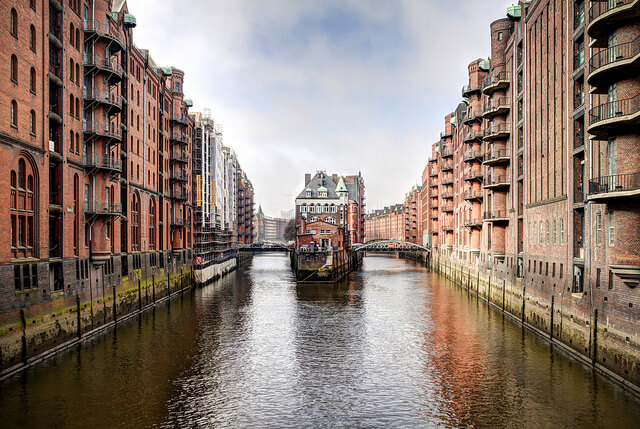
Once you find yourself at Rathaus Markt, take some photos of the historic Town Hall (you can’t miss it). During the Christmas season there is also a really nice Christmas Market there. Other events are held there throughout the year as well.
Relax By The Alster
Cross the main square in front of the Rathaus and head towards Jungfernsteig, walk along the Alster Lake, relax by the water if the weather permits.
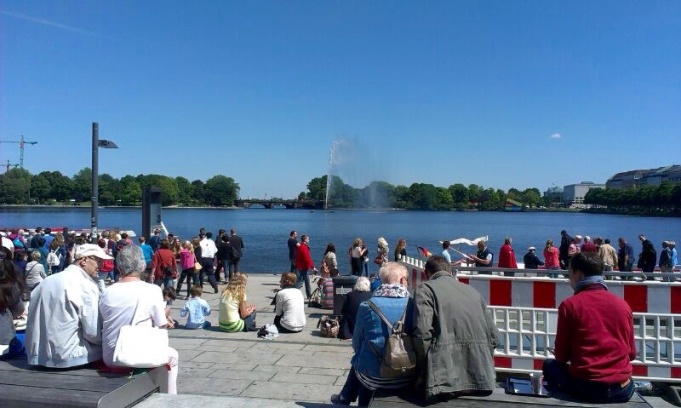
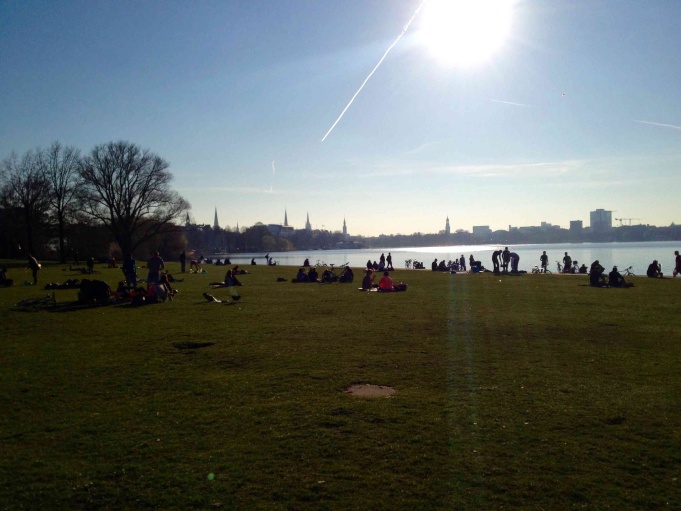
If the weather is nice, also consider taking a stroll in the Planten un Blomen park, which has a botanical garden with tropical greenhouses, an authentic Japanese garden and a rose garden with over 300 types of roses (in the warm weather).
From There, Head Towards Sternchanze
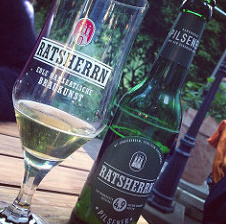
Sternchanze is Hamburg’s alternative area, which has lots of cool little shops, cafes and bars. It is also the location of my favorite brewery Ratsherrn. In the Altes Mädchen building you can find the Rathaus Brewery and shop. Sample a few of the craft beers!
Hang out there for a while or hop back on the U3 getting off at Landungsbrücken again. Instead of going towards the harbor, head towards to the Portuguese Viertal (Portuguese neighborhood) to my favorite dinner place, Luigi’s. With a background of Latin salsa beats, energetic waiters shouting “escuzi, bella!” and super delicious pizza, this place is not to be missed! At the end of the meal they also bring a bottle of digestive to the table at the end of the meal, to liven things up a little bit more.
Either call it a night or…
Head to One of Hamburg’s Most Famous Districts: Reeperbahn
Full of clubs, bars, strip clubs, cheap take away food places, casinos and some excellent people watching, the Reeperbahn is a truly unique aspect to the city. There’s always a party somewhere on the strip and on Friday and Saturday you’ll find people partying all night.
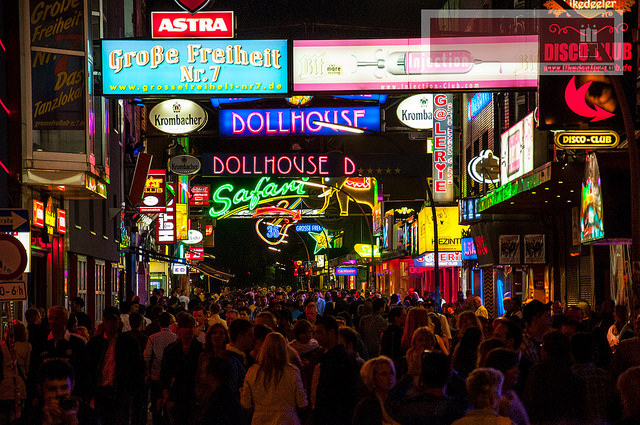
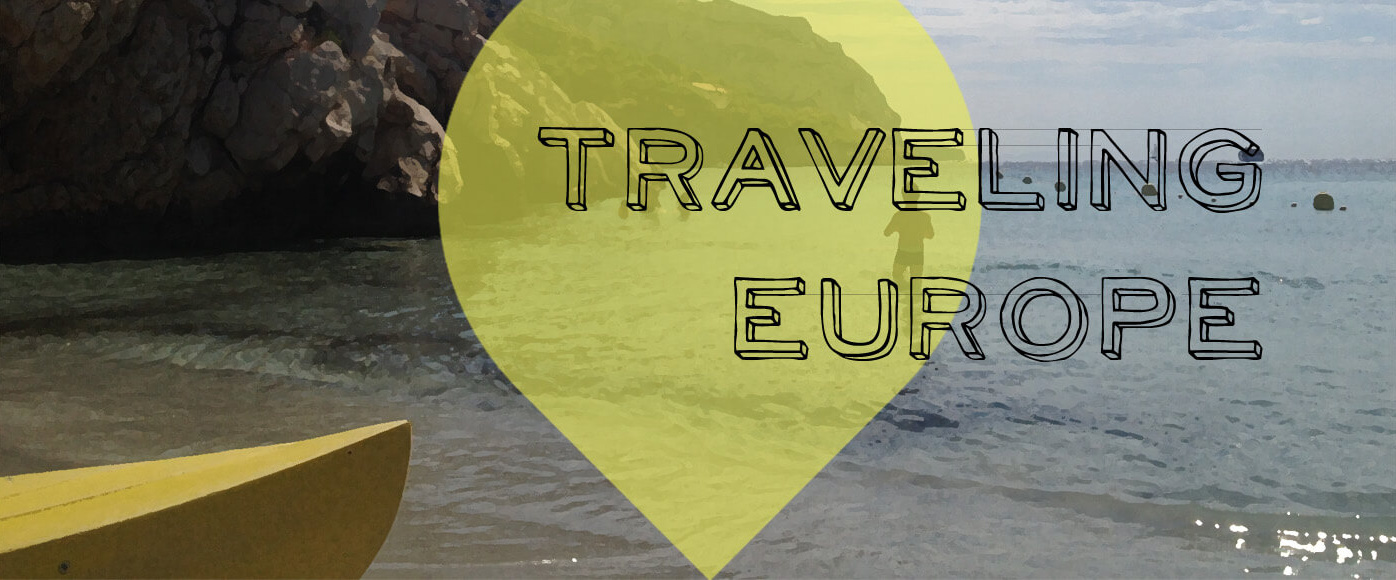


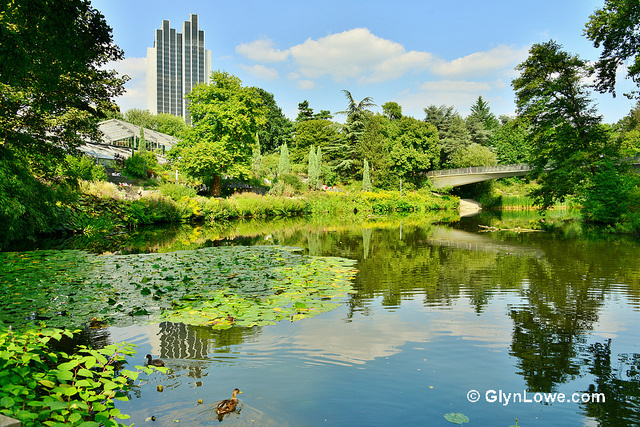
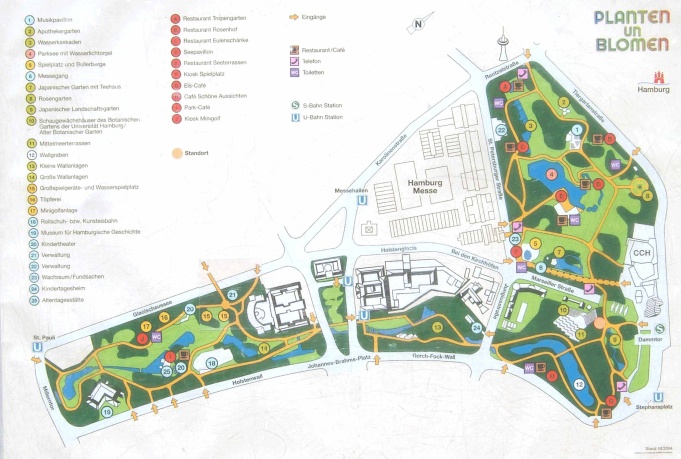
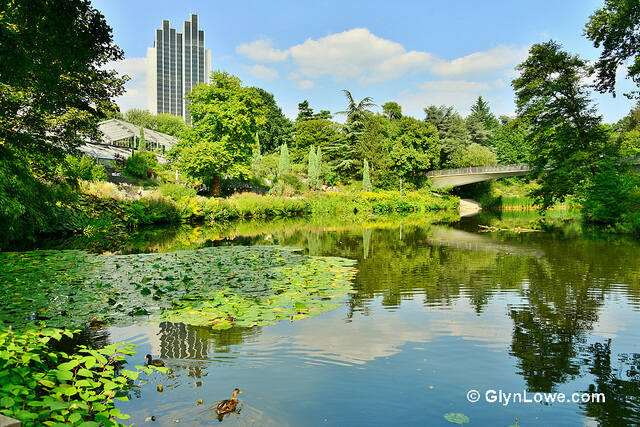
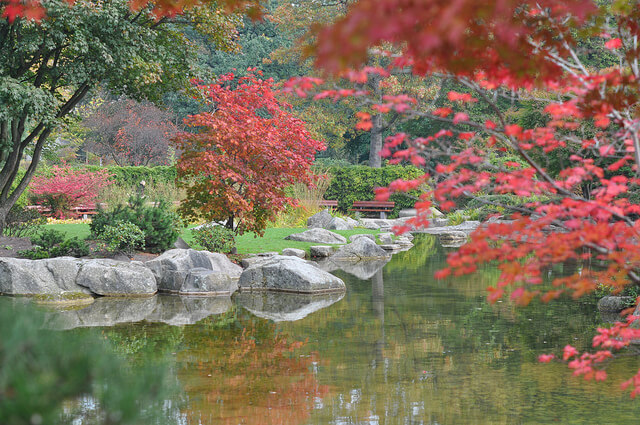
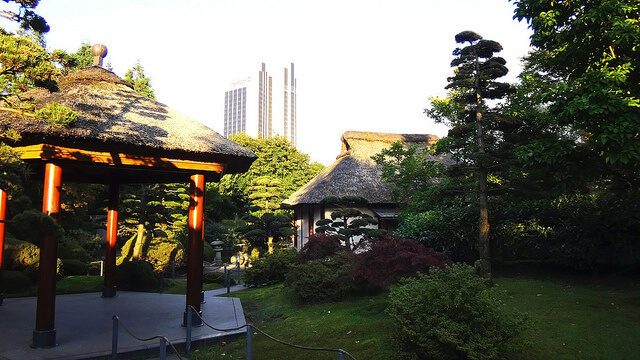
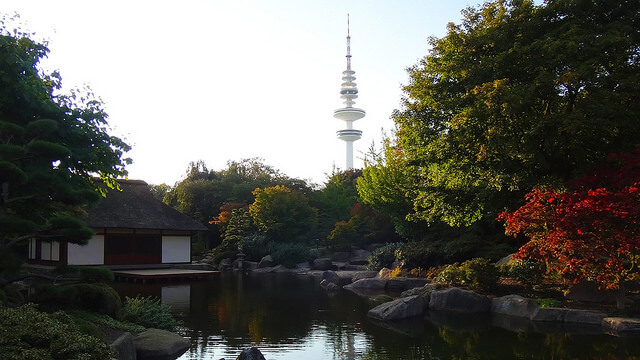
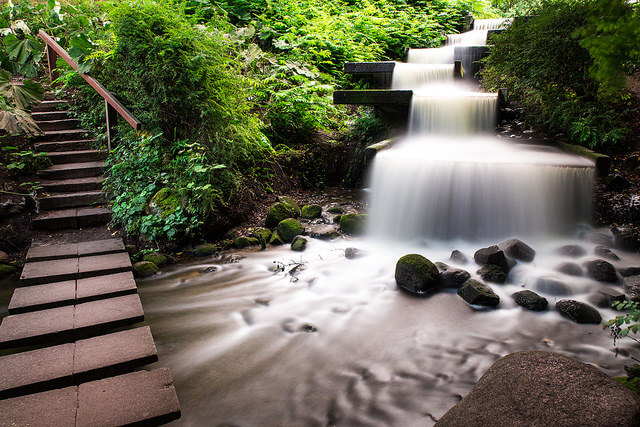
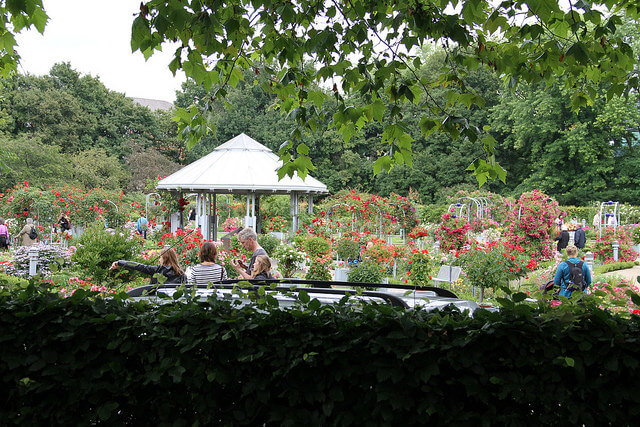
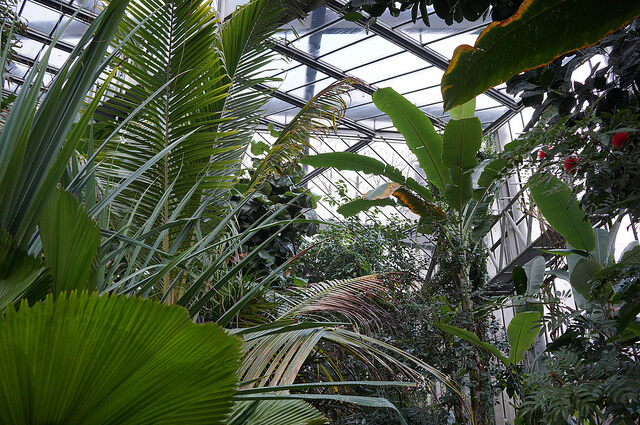
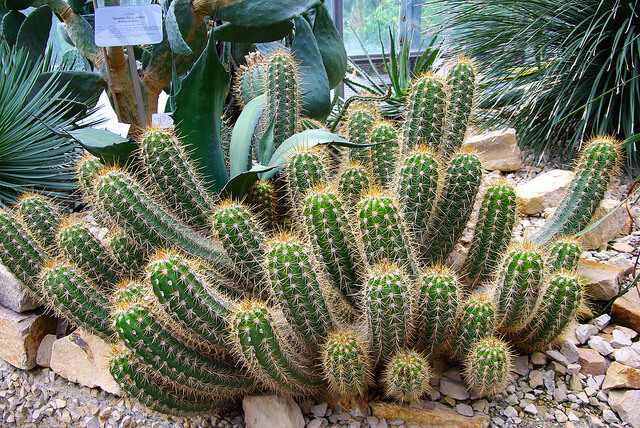
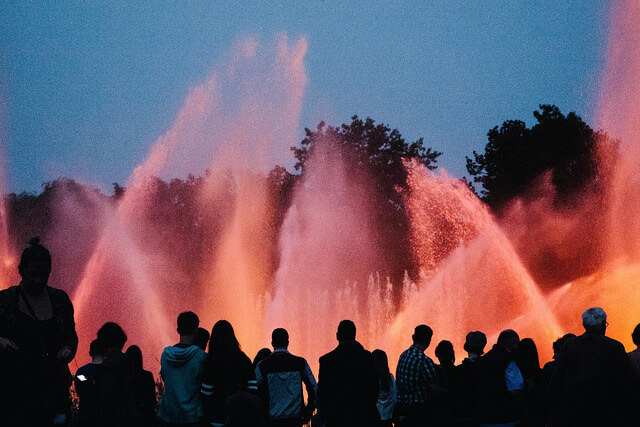
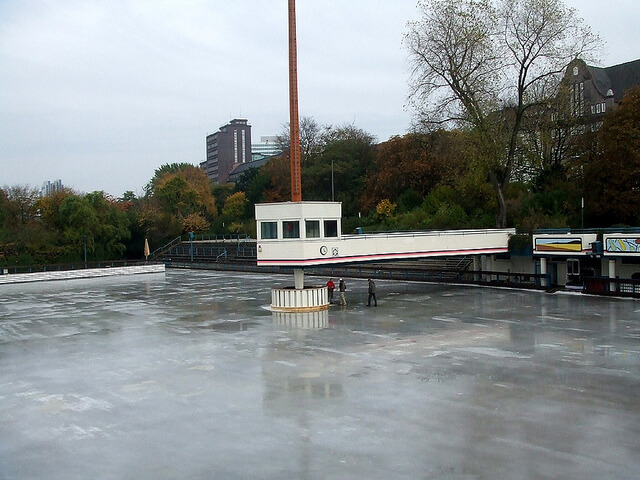
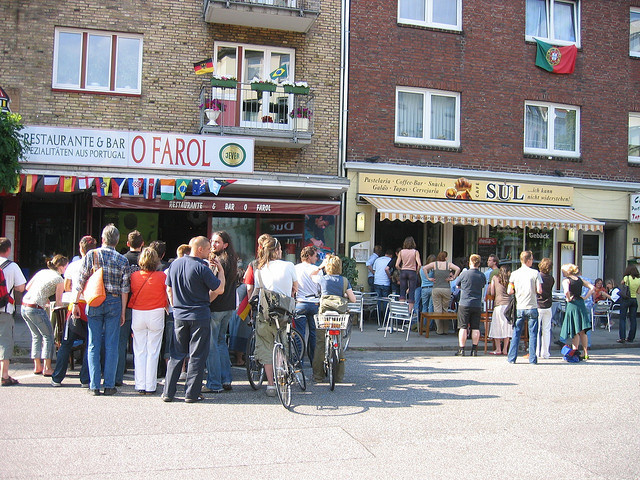
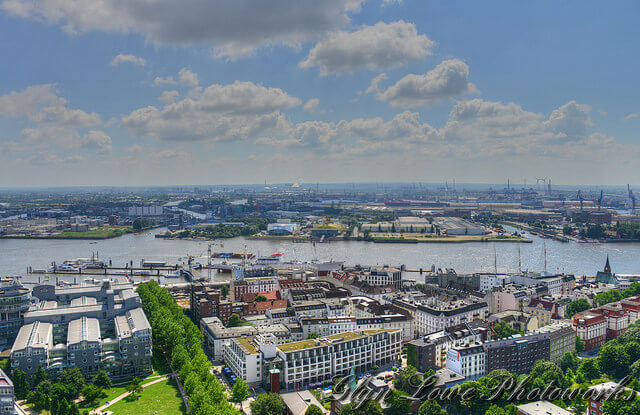
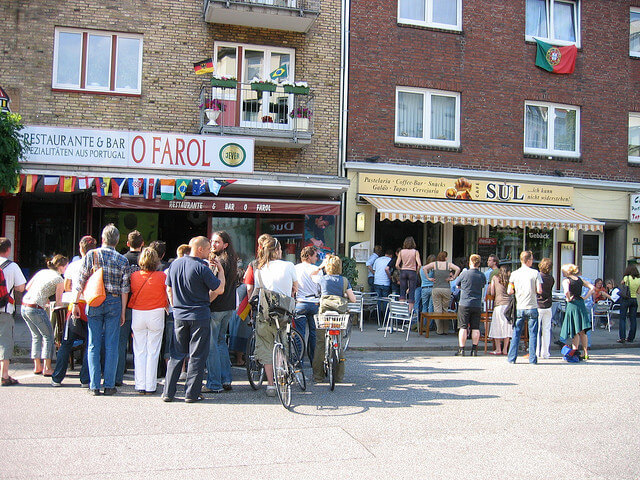
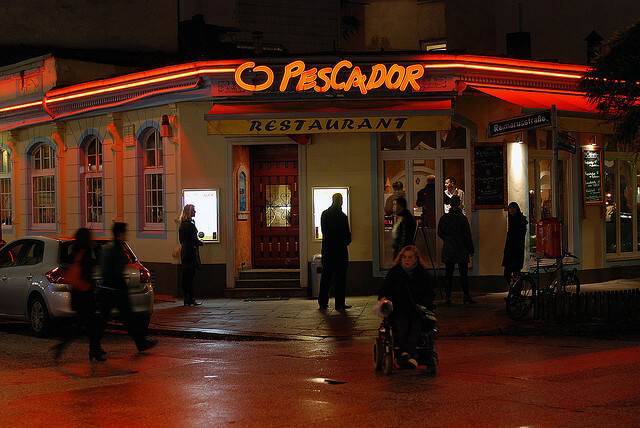
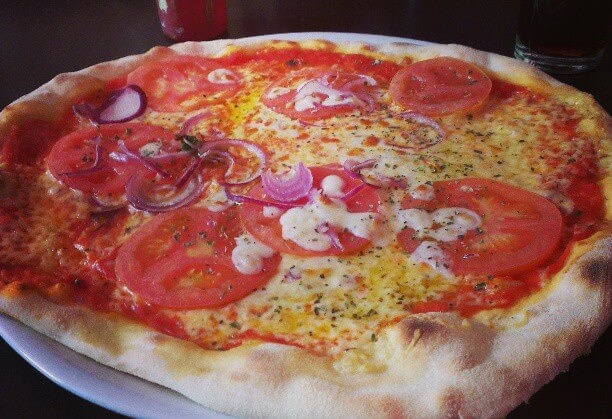
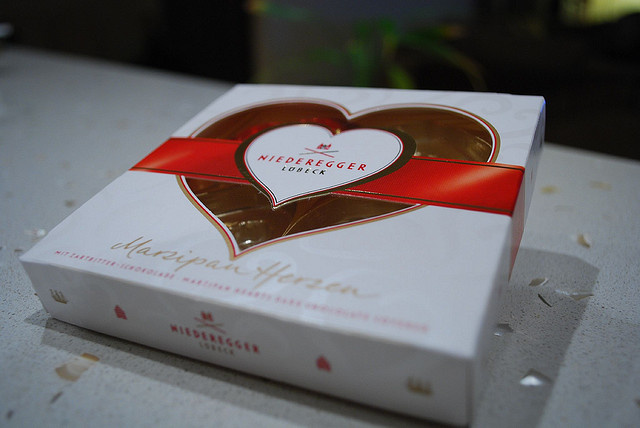
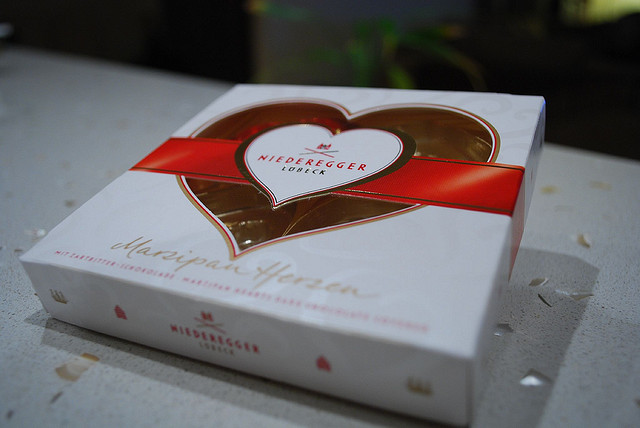
![Ratherrn Beer. Taken by By PiaHonolulu (Own work) [CC BY-SA 4.0 (http://creativecommons.org/licenses/by-sa/4.0)], via Wikimedia Commons](https://travelingeurope.biz//wp-content/uploads/2015/12/Ratsherrn-Beer.jpg)
![Käthe Wohlfahrt shop in Germany. Taken by By Photo: Andreas Praefcke (Own work (own photograph)) [Public domain], via Wikimedia Commons.](https://travelingeurope.biz//wp-content/uploads/2015/12/Käthe_Wohlfahrt-640x853-1.jpg)
